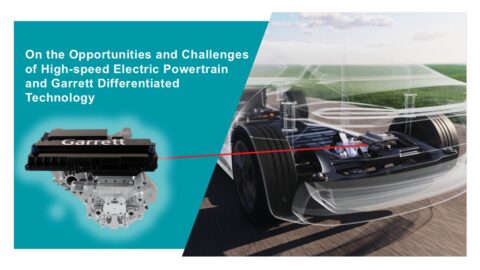Impact of Different Hybrid-Electric Architectures on CO2 and NOX Emissions of a Diesel-Powered LCV: a Simulation Study
According to EU legislation, CO2 emissions from Light Commercial Vehicles (LCVs) must decrease by 15% in 5 years and by 31% in 10 years from now. This, combined with the proliferation of Low Emission Zones (LEZ) in urban areas, is driving the automotive industry towards an ever-increasing electrification of LCV powertrains. In this work, simulation is employed to assess the impact of three different hybrid electric architectures on CO2 and NOX emissions, on a Diesel-powered LCV. As a first step, a model representing a conventional N1 segment vehicle endowed with a 2.0Lt turbocharged Diesel engine, was built in GT-SUITE. Then, three alternative variants of the original model were prepared: a 48V P0 Mild-Hybrid Electric Vehicle (MHEV), a 48V P2 MHEV and a 400V P2 Plug-in Electric Hybrid Vehicle (PHEV).





















